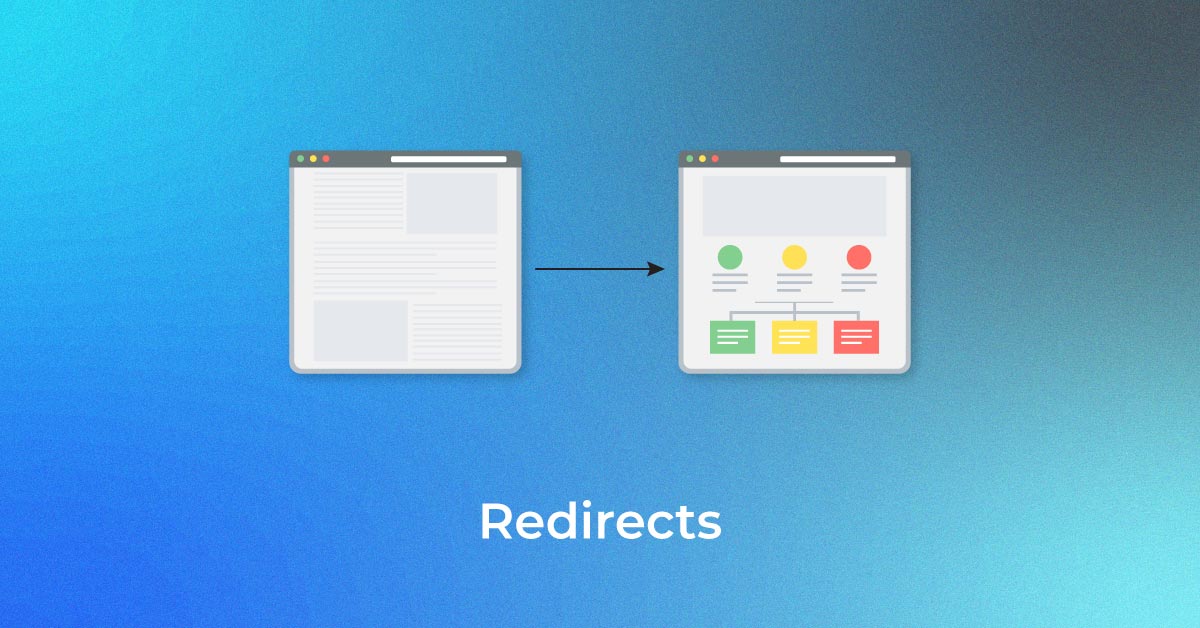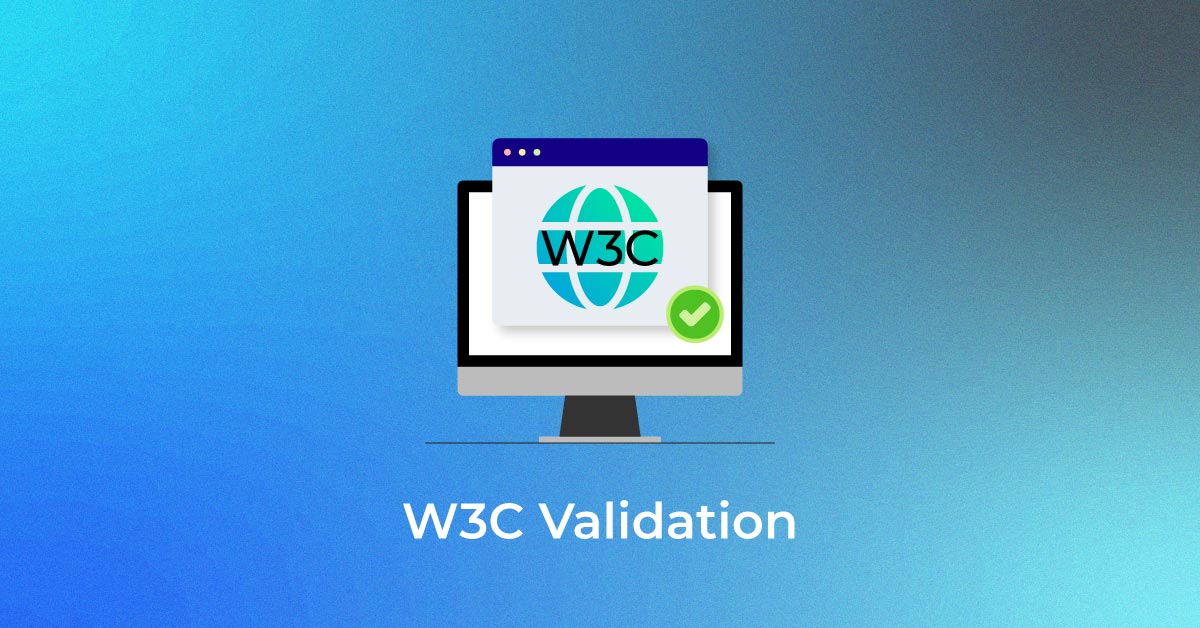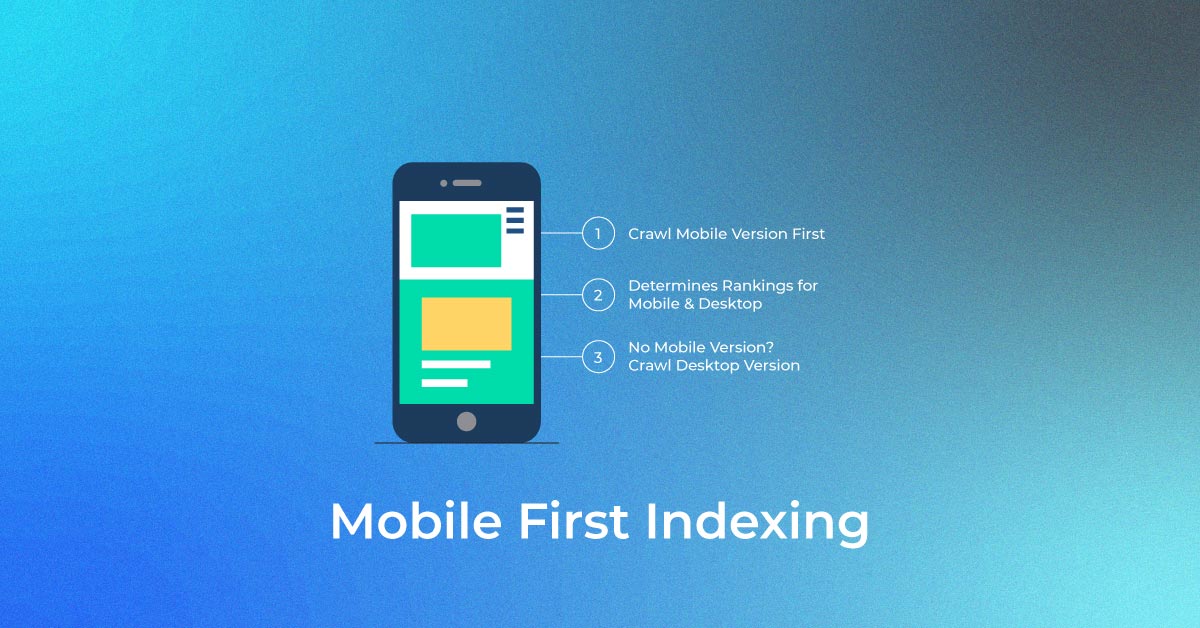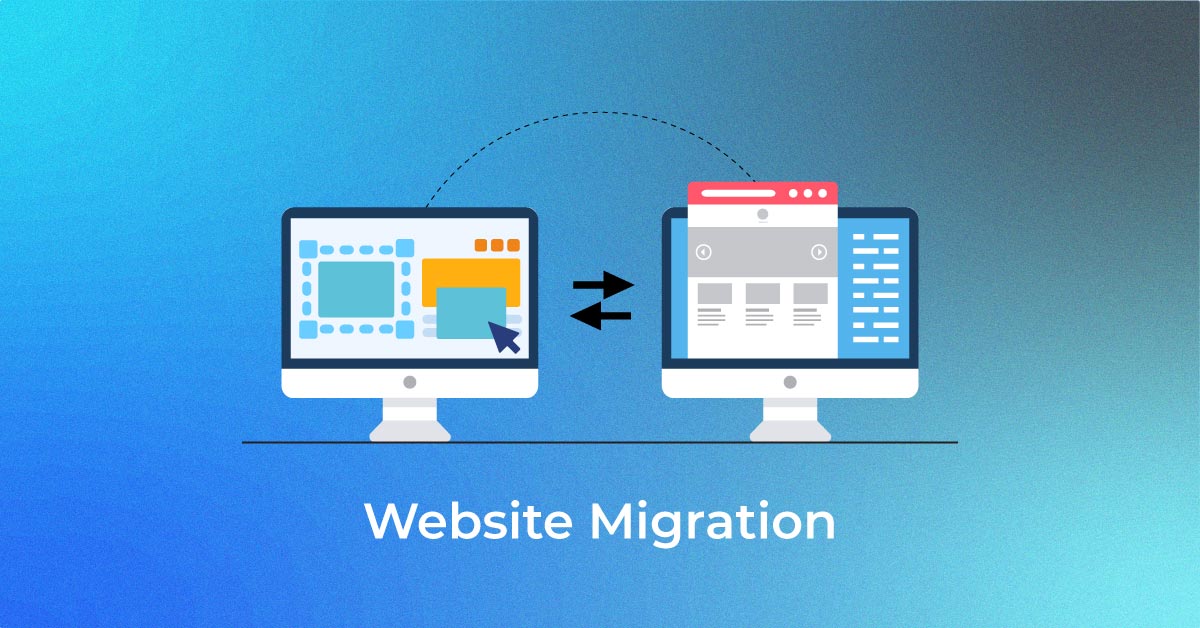Let’s Connect & Accelerate Your Organic Growth
- Your data is properly secured encrypted by SSL
Introduction to Web Development Languages
Understanding the Role of Programming Languages in Web Creation
- Programming languages are the fundamental building blocks of the digital universe that is the World Wide Web. They provide the syntax and structure, allowing developers to give life to static web page designs, imbuing them with interactivity and functionality.
- Each language has a unique set of rules to convert textual code into the vibrant, responsive web pages you encounter daily.
The Diversity of Languages for Different Web Development Needs
- The web development landscape is rich with an array of programming languages, each tailored to meet specific needs of the digital domain.
- This diversity allows developers to choose the most apt language, or a combination thereof, for the task at hand—be it creating the visual appeal of a website or handling complex backend processing.
- Front-end languages like HTML, CSS, and JavaScript are indispensable for user interfaces, while backend languages like PHP, Python, and Ruby orchestrate server-side operations. Understanding when and where to deploy each language is critical for developing efficient, responsive, and secure web applications.
Overview of Web Development Languages
What is a Web Development Language?
A web development language is a specific type of programming language used to create and manage content on the internet. These languages empower developers to build websites and web applications with a variety of functionalities, from the visible front-end interfaces to the intricate back-end processing. They serve as powerful tools that translate human logic and creativity into forms that a computer can execute, ultimately facilitating interactive and dynamic user experiences on the web.
- Defines how web content is created, displayed, and processed.
- Essential for constructing interactive, responsive, and user-centered web applications.
Web development languages are vital to bringing the static and dynamic aspects of the online world to life, ensuring that users have engaging and seamless experiences online.
Why Are They Important?
Web development languages are important because they construct the backbone of the internet, enabling everything from information dissemination to e-commerce and social networking. These languages ensure content is not only accessible on a wide array of devices but also interactive and responsive to user input, providing personalized experiences. For businesses, proficiency in these languages leads to better SEO, increased user engagement, and ultimately, higher conversion rates. In a broader context, these languages are pivotal in advancing technology, fostering global connectivity, and driving innovation across industries.
- Facilitate user engagement, service delivery, and the functionality of websites.
- Key to maintaining the dynamic, responsive, and accessible nature of the web for diverse audiences.
The importance of web development languages cannot be overstated, as they continue to shape the internet into an ever-evolving platform for human creativity and communication.
Front-End Development Languages

1. HTML: The Skeleton of the Web
HTML, or Hypertext Markup Language, is the foundational framework upon which every webpage is built. Think of it as the skeleton of the web; it provides the basic structure that holds together various elements like text, images, and videos. Through a system of tags and attributes, HTML enables developers to arrange these elements into coherent layouts that browsers can interpret and display to users. Without HTML to define the structure of web pages, the internet would lack the organization required to navigate and digest the content effectively.
- HTML defines the structure and layout of a webpage.
- It employs tags to demarcate different elements like headings, paragraphs, and links.
- HTML elements serve as the building blocks for more advanced programming.
- Ensures content is accessible and properly structured for search engines.
- The latest version, HTML5, supports multimedia elements natively and provides APIs for advanced web applications.
2. CSS: Bringing Style to the Web Pages
CSS, or Cascading Style Sheets, acts as the stylistic guidebook for websites, empowering you to implement visual and aesthetic choices that define your web pages’ personality. It builds on the structure provided by HTML, adding color, layout, fonts, and even animations. With CSS, you can control the spacing between paragraphs, the size of columns, and the layout of images, creating a consistent look and feel across your entire site
- Enables the separation of content (HTML) from presentation (CSS) for cleaner code and design.
- Allows centralized control of visual elements for uniformity across multiple web pages.
- Provides tools to create responsive designs that adapt to different devices and screen sizes.
- Supports animations and transitions, adding interactivity and polish to static pages.
- Streamlines website maintenance and updates, ensuring a modern, professional appearance for your web presence.
3. JavaScript: The Scripting Powerhouse
JavaScript is the scripting powerhouse for creating dynamic and responsive user experiences on the web. It’s the magic that breathes life into static pages, allowing them to react to user actions in real-time without the need for constant page reloads. From form validation to live content updates and interactive maps, JavaScript serves as the engine for user interactivity across the web. With the advent of Node.js, it has even stretched its capabilities to server-side operations, making JavaScript a versatile and omnipresent force in the web development ecosystem.
- Facilitates the creation of interactive components such as slideshows and form validations.
- Supports various APIs and frameworks, bolstering development efficiency and possibilities.
- Powers single-page applications and real-time communication on web applications.
- Offers asynchronous programming with promises and async/await for seamless background tasks.
- Employs event-driven programming, making web pages responsive to user actions.
Back-End Development Languages

1. PHP: The Open-Source Scripting Language
PHP, which stands for Hypertext Preprocessor, is an open-source scripting language that’s paramount in server-side web development. Its ease of use and compatibility with a broad range of web servers, databases, and various platforms have cemented PHP’s status as a stalwart in the web development sphere. Renowned for its ability to seamlessly integrate with HTML and various content management systems like WordPress and Drupal, PHP expands the possibilities of creating dynamic, content-driven websites.
- Embedded directly into HTML to manage dynamic content, session tracking, databases, and even build entire e-commerce sites.
- Rich functionality for server-side scripting can be extended through numerous extensions for tasks such as PDF generation and image processing.
- Offers a wealth of frameworks, such as Laravel and Symfony, boosting development speed and standardizing coding practices.
- Generally lower learning curve for beginners due to its widespread use and comprehensive documentation.
- A large and active community providing support, tutorials, and plenty of resources for
2. Python: Simplifying Complexity with Elegant Syntax
Python is revered for its elegant syntax and readable code, which simplifies complex software development challenges and makes programming more accessible. Tailored for both newcomers and seasoned developers, Python’s philosophy emphasizes clarity and simplicity, without sacrificing power. In web development, frameworks such as Django and Flask leverage Python’s strengths to offer robust and scalable web solutions. The language’s versatility encompasses a range of applications, from simple scripts to data analysis, making it a valuable asset in the arsenal of any web developer. Promotes clean and maintainable code, essential for large-scale and long-term projects.
- A comprehensive standard library streamlines many web development tasks without the need for external modules.
- Readable code enhances collaboration among teams, allowing for more efficient project development and handover.
- An immense collection of third-party packages on PyPI (Python Package Index) extends functionality for virtually any requirement.
- Strong community support provides a wealth of resources, forums, and documentation, facilitating a smoother development process.
3. Ruby Framework
The Ruby framework, most notably Ruby on Rails (RoR), is a robust tool for building web applications quickly and efficiently. Created by David Heinemeier Hansson, RoR harnesses the elegance of the Ruby language, emphasizing convention over configuration, which streamlines the development process. This framework is particularly renowned for its ‘Don’t Repeat Yourself’ (DRY) principle and its commitment to software craftsmanship, making it a favorite among startups and agile developers.
- Encourages rapid development with a wealth of libraries—gems—that extend its functionality and speed up the coding process.
- Automated testing built into Rails promotes reliable and bug-free web applications.
- Adopts MVC (Model-View-Controller) architecture, a widely accepted design pattern that encourages organized programming and code reusability.
- Offers tools to create database-backed web applications that are robust, scalable, and maintainable.
- The large and vibrant community behind Rails contributes to a rich ecosystem of tools, documentation, and best practices.
4. Java
Java, with its renowned “write once, run anywhere” paradigm, provides a robust framework for back-end development. Its object-oriented nature promotes reusability and maintainability, important for scaling complex enterprise-level applications. Often chosen for Android app development, Java’s strong memory management and extensive libraries offer reliability and flexibility. While it may have a steeper learning curve for beginners, the cross-functional environment it supports makes it a potent language for server-side applications.
- Platform-independent, thanks to the Java Virtual Machine (JVM) that allows the code to run on any device or operating system.
- Extensive security features make it a prime choice for enterprise applications that demand data protection and safe transactions.
- Java EE (Enterprise Edition) offers a rich API and runtime environment for developing large-scale, multi-tiered, scalable, and secure network applications.
- The vast ecosystem of development tools, including Integrated Development Environments (IDEs) like Eclipse and IntelliJ IDEA, boost productivity.
- Active community and industry support provide extensive resources, forums, and powerful frameworks like Spring and Hibernate.
Full-Stack Development Languages

1. SQL: The Standard for Managing Relational Databases
SQL, an acronym for Structured Query Language, is considered the gold standard for managing and manipulating relational databases. It excels in data handling, allowing you to retrieve, insert, update, and delete records with precision and efficiency. Its declarative nature lets you focus on specifying what you need from a database rather than how to retrieve it. With SQL under your belt, you unlock the potential to analyze large datasets, manage transactional data, and develop complex database-oriented applications. Transcending trends, SQL’s proven track record, and enduring demand make it an essential skill for full-stack developers.
- Central to not only standard CRUD operations (Create, Read, Update, Delete) but also to advanced analytics and complex joins.
- SQL’s standardized syntax ensures compatibility across many database systems like MySQL, PostgreSQL, and Microsoft SQL Server.
- Integral for ensuring data integrity through constraints, transactions, and proper indexing strategies.
- Utilized in conjunction with other programming languages and frameworks to build robust data-driven web applications.
- Offers scalability and reliability, critical to handling enterprise-level applications where massive data manipulation is commonplace.
2. NoSQL Languages: Catering to Unstructured Data Needs
NoSQL languages represent a paradigm shift towards accommodating the vast amounts of unstructured or semi-structured data that don’t fit neatly into the rows and columns of traditional relational databases. They embrace flexibility in database schemas and effortlessly handle big data and real-time web applications. Popular NoSQL systems like MongoDB, Cassandra, and Redis offer unique structures such as key-value stores, document databases, and wide-column stores, each with its own method for data storage and retrieval, catering to specific needs for speed, scalability, and data variety.
- Suited for diverse data models with their schema-less design, allowing for rapid application development and iterations.
- Ideal for horizontal scaling across distributed computing resources, facilitating high performance and availability.
- Many NoSQL databases are optimized for specific use cases, such as JSON document storage in MongoDB or fast caching and session management in Redis.
- Support for eventual consistency models rather than strict ACID transactions, which can be advantageous for distributed systems.
- Frequently updated with new features due to the community-driven nature of most NoSQL projects.
Making the Right Choice for Your Project
Factors Influencing the Choice of Web Development Languages
Your choice of a programming language for web development hinges on a multitude of factors that must align with your project’s requirements and future goals. Consider the complexity and nature of your web application: a simple blog demands a different technological approach than a realtime, high-traffic trading platform. Assess the available resources, both human and technical; the expertise of your team in specific languages can dictate the direction of your project. Scalability is of paramount importance for applications expected to grow rapidly, necessitating a language that can handle increasing loads with grace. Community support is another crucial consideration, offering a lifeline in the form of documentation, tooling, and collective knowledge. Lastly, examine market trends and potential future demand for technology stacks to ensure your project remains competitive and adaptable.
- Project-specific requirements such as speed, security, and functionality must define the selection process.
- The proficiency level of your development team and the learning curve of the language.
- Scalability and performance demands for future growth and user load.
- The ecosystem of a language including frameworks, libraries, and community support can greatly expedite development.
- Market trends and future relevance to ensure long-lasting applicability and support for the chosen language.
Future-Proofing Your Skills with Emerging Languages
To future-proof your skills amid the fast-paced evolution of technology, it’s essential to keep an eye on emerging programming languages and paradigms. Opt for languages that already have a solid foundation yet are continuing to grow and evolve with the industry’s demands. For instance, Rust and Go are carving out significants spaces in systems programming due to their efficiencies with memory safety and concurrency. Take into account the increasing prevalence of mobile technologies and learn Kotlin or Swift for app development. With AI and machine learning expanding their footprints, Python remains indispensable, whereas R and Julia are establishing themselves in data analytics and modeling.
Versatility and adaptability are also key; a language with a broad spectrum of applications may yield more opportunities in the long run. Beyond learning specific languages, understand the principles of good software design, such as clean coding practices, software testing, and system design, which transcend the ebb and flow of language popularity.
- Invest in languages that have a growing community, such as Python and JavaScript, known for their extensive use across different sectors.
- Monitor technological advancements in fields such as AI, Internet of Things (IoT), and cloud computing to align your learning with future developments.
- Embrace languages like Rust and Go for their performance benefits in high-concurrency and system-level programming.
- For mobile development, focus on mastering Swift for iOS or Kotlin for Android, both modern languages designed to overcome the shortcomings of their predecessors.
- Stay open-minded and flexible, ready to pick up new languages as the landscapes of web development and technology change.
Conclusion:
Web development languages are essential for creating dynamic, responsive websites and applications. Front-end languages like HTML, CSS, and JavaScript shape user interfaces, while back-end languages such as PHP, Python, Ruby, and Java manage server-side functions. SQL and NoSQL cater to database needs, enhancing scalability and performance.
Choosing the right language depends on project goals, team expertise, and scalability requirements. Future-proofing skills by learning emerging languages like Rust, Go, Swift, and Kotlin, alongside core programming principles, ensures adaptability in the evolving web development landscape.
However, navigating the complexities of web development and selecting the perfect combination of technologies can be overwhelming. If you’re feeling stuck or want to save time and resources, Infidigit’s expert website development services are here to help. Let our team handle the technical intricacies while you focus on growing your business. From strategy to execution, we craft customized web solutions tailored to your unique needs. Contact us today and take the first step toward building a website that stands out!
FAQs
What are the most popular web development languages?
The most popular web development languages are HTML, CSS, and JavaScript for front-end development and Python, PHP, Ruby, and Java for back-end development. SQL is also widely used for database management.
Which programming language for web development should I learn first?
For beginners in web development, HTML is the best language to start with, as it’s the foundation of all web pages. Next, learn CSS for styling and JavaScript for adding interactivity. Together, these three languages form the core skills for front-end web development and will give you a solid base before exploring more advanced languages like Python or PHP for back-end development.
Which language is best for front-end development?
The best language for front-end development is JavaScript because it enables interactivity and dynamic content on web pages. Combined with HTML and CSS for structure and styling, JavaScript is essential for creating engaging, responsive user interfaces.
What is full-stack development?
Full-stack development is the practice of building both the front-end (client side) and back-end (server side) of a web application. A full-stack developer works with technologies like HTML, CSS, and JavaScript for the front end, and languages like Python, Node.js, or PHP for the back end, managing databases, servers, and application logic to create complete, functional web applications.
Popular Searches
How useful was this post?
5 / 5. 1















